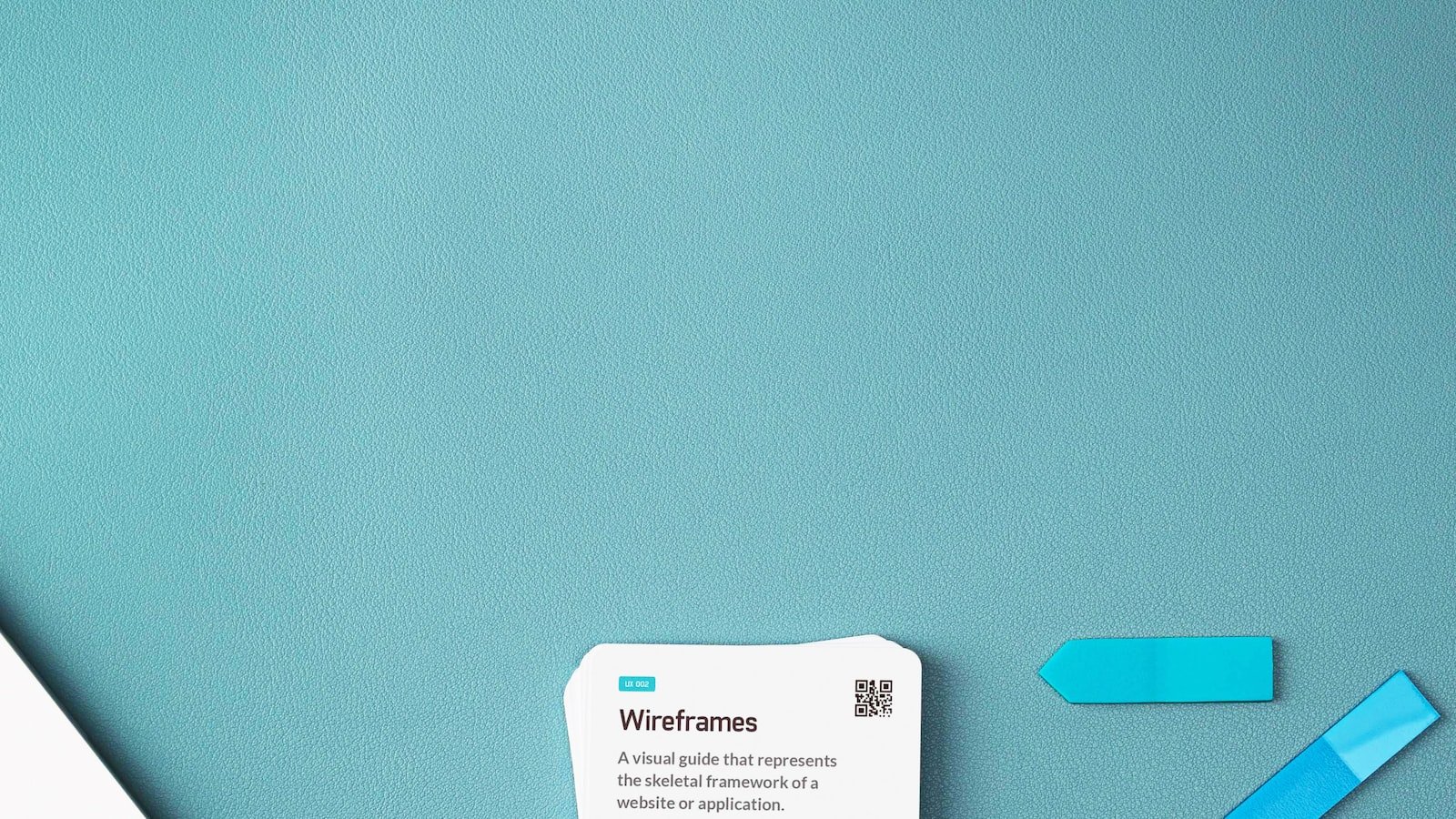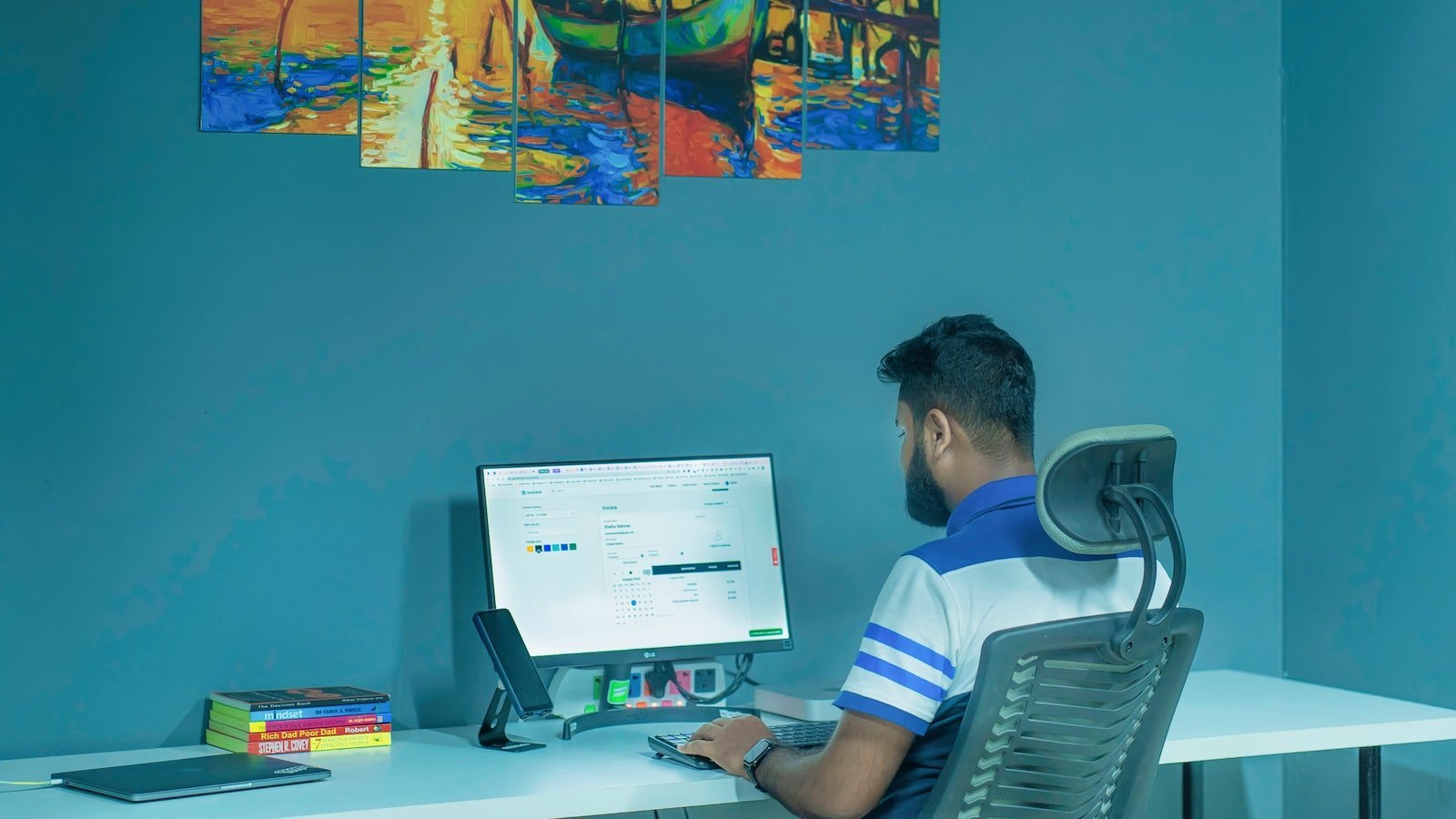Once upon a time, the digital realm was a tangled labyrinth of HTML codes and static web pages. Navigating through this virtual maze seemed more like a chore than an exciting adventure. But then, a phenomenon emerged – the Art of Delight in Web Design. With its enchanting power, User Experience (UX) unraveled a whole new world where websites became living entities, captivating users like never before. In this article, we embark on a journey to unveil the magic behind UX, unraveling the secrets that transform ordinary websites into extraordinary experiences. So grab your virtual passport and get ready to explore the captivating landscape of the Art of Delight in Web Design. 

Crafting A Seamless User Experience: The Key Elements of Delightful Web Designrn rnrnTo create a truly delightful web design, it’s essential to focus on the key elements that contribute to a seamless user experience (UX). One of the most crucial elements is intuitive navigation. Users should be able to effortlessly navigate through your website, finding what they need without feeling confused or overwhelmed. Clear and organized menus, along with logical placement of important features and content, are key to achieving this.rn
rnrnTo create a truly delightful web design, it’s essential to focus on the key elements that contribute to a seamless user experience (UX). One of the most crucial elements is intuitive navigation. Users should be able to effortlessly navigate through your website, finding what they need without feeling confused or overwhelmed. Clear and organized menus, along with logical placement of important features and content, are key to achieving this.rn rnrnAnother essential element of delightful web design is responsive and visually appealing layouts. A responsive design ensures that your website adjusts and adapts to different screen sizes and devices, providing a consistent experience regardless of whether users access it from a desktop, tablet, or smartphone. Additionally, a visually appealing design engages users and conveys professionalism. Strategic use of colors, fonts, and images can help create a visually pleasing experience that captures the attention and interest of your visitors.rnrnThe Psychology of Delight: Understanding User Behavior to Create Engaging Web ExperiencesrnrnTo truly delight users, it’s important to understand their behavior and incorporate psychological principles into your web design. One key aspect is the placement of important content and features. Users tend to focus on the upper-left corner of a website, also known as the “F-Pattern.” Placing essential information, such as your logo or a call-to-action, in this area can increase visibility and engagement. Additionally, understanding how users read and scan web pages can help you structure your content effectively, using headings, subheadings, and bullet points to make it easier to consume.rnrnFurthermore, incorporating social proof and testimonials can enhance the trust and credibility of your website. Humans are social beings, and we often rely on the opinions and experiences of others when making decisions. Including testimonials, reviews, and social media feeds that showcase positive user experiences and feedback can build confidence in your brand and encourage users to engage further. By understanding the psychology behind user behavior, you can create engaging web experiences that delight your audience and drive positive outcomes.
rnrnAnother essential element of delightful web design is responsive and visually appealing layouts. A responsive design ensures that your website adjusts and adapts to different screen sizes and devices, providing a consistent experience regardless of whether users access it from a desktop, tablet, or smartphone. Additionally, a visually appealing design engages users and conveys professionalism. Strategic use of colors, fonts, and images can help create a visually pleasing experience that captures the attention and interest of your visitors.rnrnThe Psychology of Delight: Understanding User Behavior to Create Engaging Web ExperiencesrnrnTo truly delight users, it’s important to understand their behavior and incorporate psychological principles into your web design. One key aspect is the placement of important content and features. Users tend to focus on the upper-left corner of a website, also known as the “F-Pattern.” Placing essential information, such as your logo or a call-to-action, in this area can increase visibility and engagement. Additionally, understanding how users read and scan web pages can help you structure your content effectively, using headings, subheadings, and bullet points to make it easier to consume.rnrnFurthermore, incorporating social proof and testimonials can enhance the trust and credibility of your website. Humans are social beings, and we often rely on the opinions and experiences of others when making decisions. Including testimonials, reviews, and social media feeds that showcase positive user experiences and feedback can build confidence in your brand and encourage users to engage further. By understanding the psychology behind user behavior, you can create engaging web experiences that delight your audience and drive positive outcomes.
Q&A
Q: What is “” all about?
A: “The Art of Delight” is an article that explores the immense potential of user experience (UX) in web design and how it can bring a sense of delight to users.
Q: How does UX play a significant role in web design?
A: UX goes beyond simply making a website functional; it focuses on creating a seamless and enjoyable experience for users. Web designers leverage UX principles to enhance usability, accessibility, and overall user satisfaction.
Q: What are some key elements of UX in web design?
A: Some essential elements of UX in web design include intuitive navigation, visual hierarchy, responsive design, fast loading times, clear calls to action, and personalized interactions. These elements collectively enhance the user’s journey on a website.
Q: Can you explain the concept of “delight” in UX design?
A: “Delight” in UX design refers to creating unexpected moments of joy, surprise, or satisfaction for users. It involves surpassing users’ expectations and adding memorable and positive experiences to their interactions with a website.
Q: How can the use of colors, typography, and visuals impact UX?
A: Colors, typography, and visuals have a significant impact on UX as they evoke emotions, create visual hierarchy, and convey information. Thoughtful selection and combination of these elements can enhance user engagement and create a visually pleasing experience.
Q: How can web designers optimize user engagement through UX design?
A: Web designers can optimize user engagement by conducting user research, engaging in prototyping and testing, implementing user feedback, and continuously improving the design based on user needs. This iterative process ensures that the final product is user-centered and caters to their preferences.
Q: What are some successful examples of websites that maximize user delight through UX design?
A: Websites like Airbnb, Slack, and Spotify are considered successful examples of maximizing user delight through UX design. They offer seamless navigation, personalization, intuitive interfaces, and interactive features that enhance user satisfaction.
Q: How can a focus on user delight translate into business success?
A: Prioritizing user delight in web design can result in increased customer loyalty, positive word-of-mouth recommendations, more time spent on the website, improved conversion rates, and ultimately, increased business success. By providing a delightful user experience, companies can differentiate themselves from competitors.
Q: What role does empathy play in UX design?
A: Empathy is a crucial aspect of UX design as it allows designers to understand users’ needs, challenges, and emotions. By putting themselves in the users’ shoes, designers can create more meaningful and delightful experiences that resonate with the target audience.
Q: How can companies enhance their websites through UX design principles?
A: Companies can enhance their websites by focusing on simplifying navigation, ensuring accessibility across various devices, leveraging multimedia content, personalizing user experiences, and continuously gathering user feedback to improve the UX. By incorporating these principles, websites can become more engaging and enjoyable for users. In a world where user experience reigns supreme, the power of UX in web design has become an art form like no other. From captivating visual aesthetics to seamless functionality, every element is meticulously crafted to weave a digital masterpiece that not only engages but delights.
We have embarked on a journey to unravel the secrets of this captivating art, exploring the principles and practices that shape extraordinary web experiences. By diving into the depths of user psychology, we have unraveled the hidden desires and motivations that propel users towards delightful interactions.
Through careful attention to detail, we have discovered that the smallest design choices can have the most profound impact. A meticulously placed button or an intuitively flowing navigation bar can transform an ordinary website into a captivating adventure. Every pixel on the screen holds the potential for enchantment, waiting to be harnessed by skilled designers who understand the nuances of user interaction.
The magic lies not only in the visual pleasures but also in the seamless functionality that enables users to effortlessly navigate and interact with the digital realm. We have delved into the world of responsive design, ensuring that websites adapt and mesmerize across various devices, bridging the gap between users and their desired information.
But the art of delight goes beyond just serving user needs. It creates an emotional connection that transcends the virtual realm, leaving a lasting impression on users’ hearts and minds. Empathy and understanding become the watchwords as designers step into the shoes of their users, anticipating their thoughts and desires to create truly exceptional experiences.
As the curtain draws on our exploration of the art of delight in web design, we are left with a profound appreciation for the untapped potential that lies within each digital creation. Beyond the lines of code and the pixels on the screen, there is a world waiting to be explored, a world where user experience artists hold the power to spark joy and enchantment in the hearts of users across the globe.
So, let us celebrate the artists who harness the power of UX in web design, creating digital wonders that leave us in awe. For in this age of ever-evolving technology, it is through the art of delight that we bridge the gap between human and machine, forging connections that resonate with our deepest desires and remind us of the beauty that lies in the digital realm.

